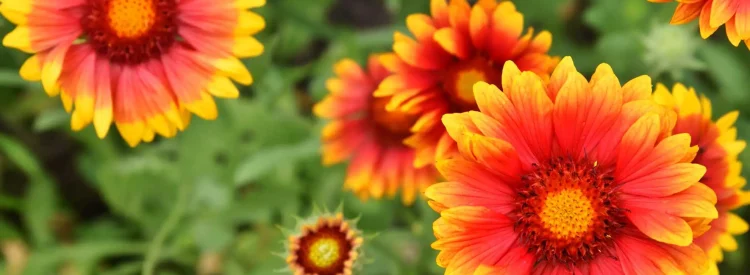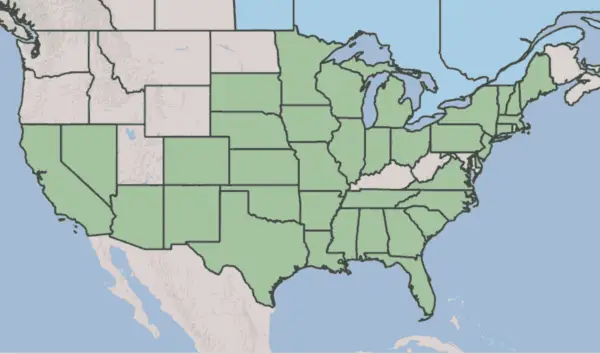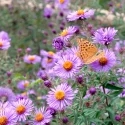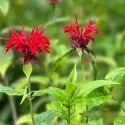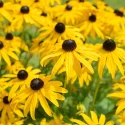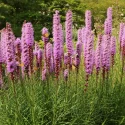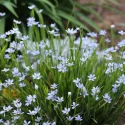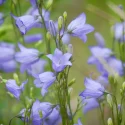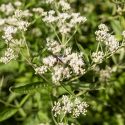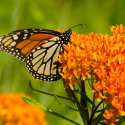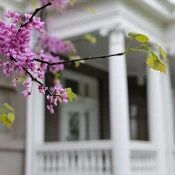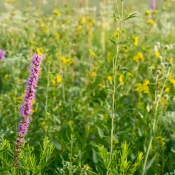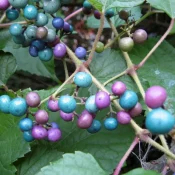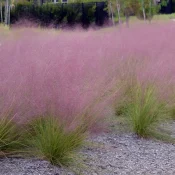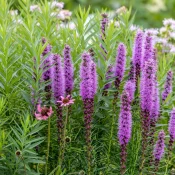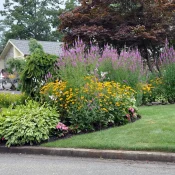Firewheel has lots going for it. First, it’s easy to plant from seed. Second, it’s very drought-tolerant once established. And third—well, one look at this bright flower and you get out the portrait setting on your phone. Firewheel has lots of other common names—Indian Blanket is another one. Scroll on for planting tips.
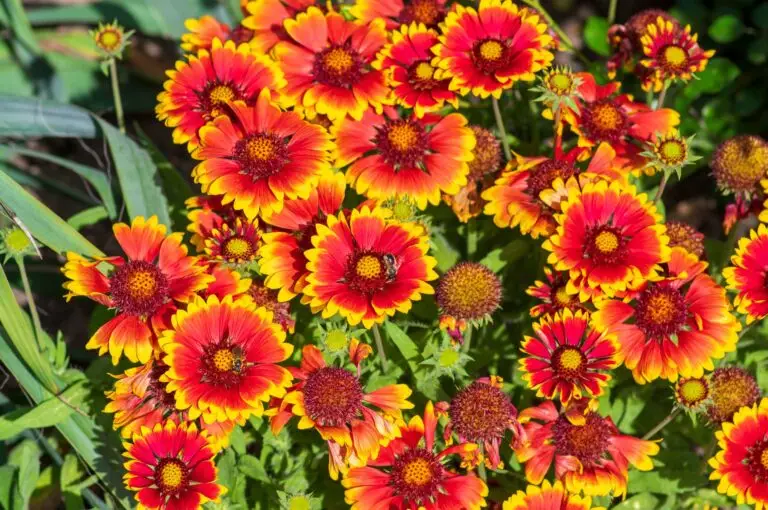
Firewheel is a beautiful native plant that offers lots of benefits and is easy to plant from seed. In this article, we’ll cover the advantages of having it in your garden, some ideas for sourcing, and ideas for placement. Let’s dig in, shall we?
What are the benefits of planting Firewheel?
There are so many benefits to planting native flowers and plants like Firewheel. A few to share include:
- Fuss-free gardening. Native plants plant themselves and have grown in their home area for thousands of years. No need for fancy fertilizers or care once they’re established.
- Drought tolerance. Firewheel is known for growing in tough spots, such as the hot and dry Southwest.
- Wildlife support. Firewheel is the host plant for the beautiful Bordered Patch butterfly and Painted Schinia moth. Planting Firewheel helps these beautiful creatures survive.
New to native?
Before lawns and landscaping, native plants were here. They’ve fed birds, bees, and butterflies for thousands of years—and they’ll do the same in your yard. The best part? They’re easier to grow than you think.
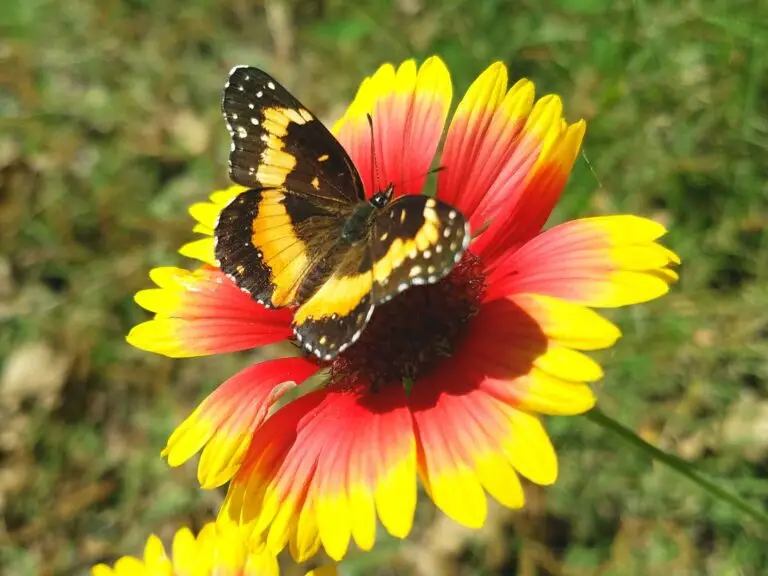
Is Firewheel a perennial or annual?
Firewheel is an annual. Annuals are plants that complete their entire lifecycle in a single year. This is different from perennials, which are plants that live for many years, most flowering each year.
How do I get my Firewheel to reseed and come back every year?
To have Firewheels return yearly, leave the flowers alone and let them go to seed. Firewheels have evolved to make copious amounts of seed and reseed themselves yearly.
No matter where you live, if you want more Firewheels the following year, let the plants go to seed. These seeds will naturally fall to the areas around them and grow more Firewheels the next year. This type of prolific re-seeding is how most annual plants reproduce.
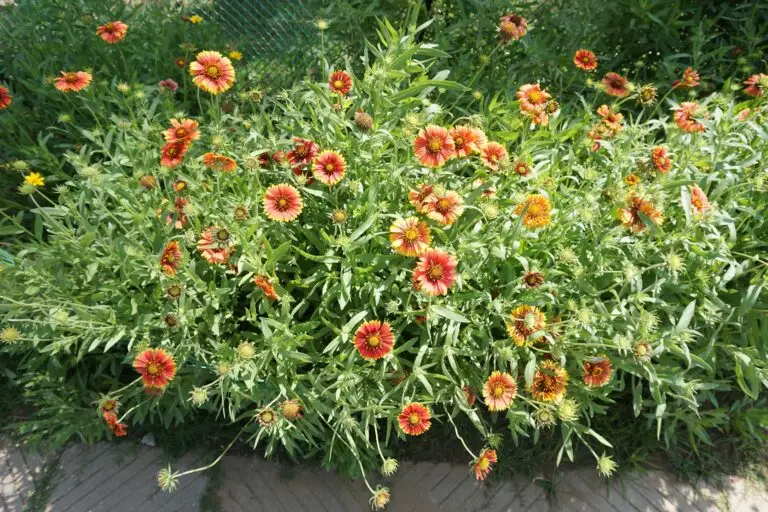
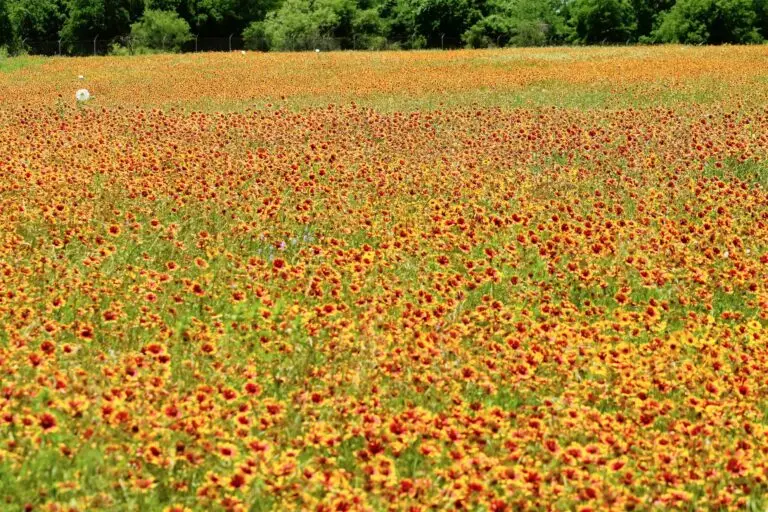
When does Firewheel bloom?
Firewheel blooms in the south from May to July and in northern regions from June to August.
Where is Firewheel native?
Firewheel is native to the southern United States, from Texas to North Carolina. However, due to climate change and landscaping, Firewheel has naturalized to other northern and midwestern states. Naturalized means that the plant now grows in a region independently, but it is not its native area.
Naturalization vs. Native—is it bad to plant Firewheel in a naturalized area?
There are many opinions among native plant lovers and botanists about the pros and cons of planting naturalized plants.
If you want to plant only native…
If planting native species that are regionally native to your home area is important to you, maps like BONAP’s give county-specific native ranges for plants. This decision requires a little more diligence and research to ensure you’re planting native. (The Plant Native’s mission is to make planting native not feel like a botany exam—but if that’s your thing, go for it!)
The pros of planting naturalized species
On the other hand, planting North American native plants in naturalized regions is always better than planting non-native plants from other continents. Any Firewheel planted in North America gives more wildlife support than a lawn ever will, and nothing compares to the destruction that invasive species can bring.
No matter where you live, we have a gardening tip to help ensure success:
Find Firewheel seeds and plants from within 800 miles of your home.
Where a plant’s DNA comes from offers a secret weapon for drama-free gardening. (Where a plant is from is called its provenance.) As you can imagine, a Firewheel seed from New Hampshire will have different DNA than a Firewheel seed from Texas. Deep within their genetic instructions include the ability to withstand either snowy winters or dry, hot summers.
Use plant provenance to your advantage and try to find seeds and plants from within 800 miles of your home. We have a silly rhyme to help you remember:
Plants and seeds grown close to home are tuned to your soil, weather, and pollinators. Stay within 500 miles—or about a day’s drive—to help your garden thrive naturally.
What are good pairings for Firewheel?
Pair Firewheel with other native plants that love sun that are slightly taller and bloom at different times. Good ideas include:
And that sums up our love letter to native Firewheel! This incredible native flower offers beautiful red and yellow flowers that bloom from spring to summer. Their relatively short height—max 2 feet—makes them perfect for borders. Pair them with other sun-loving native flowers and shrubs and watch the pollinators zip around throughout the growing season. Happy planting!
Sources
- Ladybird Johnson Wildflower Center, Firewheel
- North Carolina Gardeners Extension Toolbox, Indian Blanket
- Native American Seed, Indian Blanket
- Native Plant Society of Texas, Plant of the Month: Firewheel
- Wikipedia, Gaillardia pulchella
- Nelson, Gil. Best Native Plants for Southern Gardens: A Handbook for Gardeners, Homeowners, and Professionals, (2010).
What if your feed was actually good for your mental health?
Give your algorithm a breath of fresh air and follow us.
